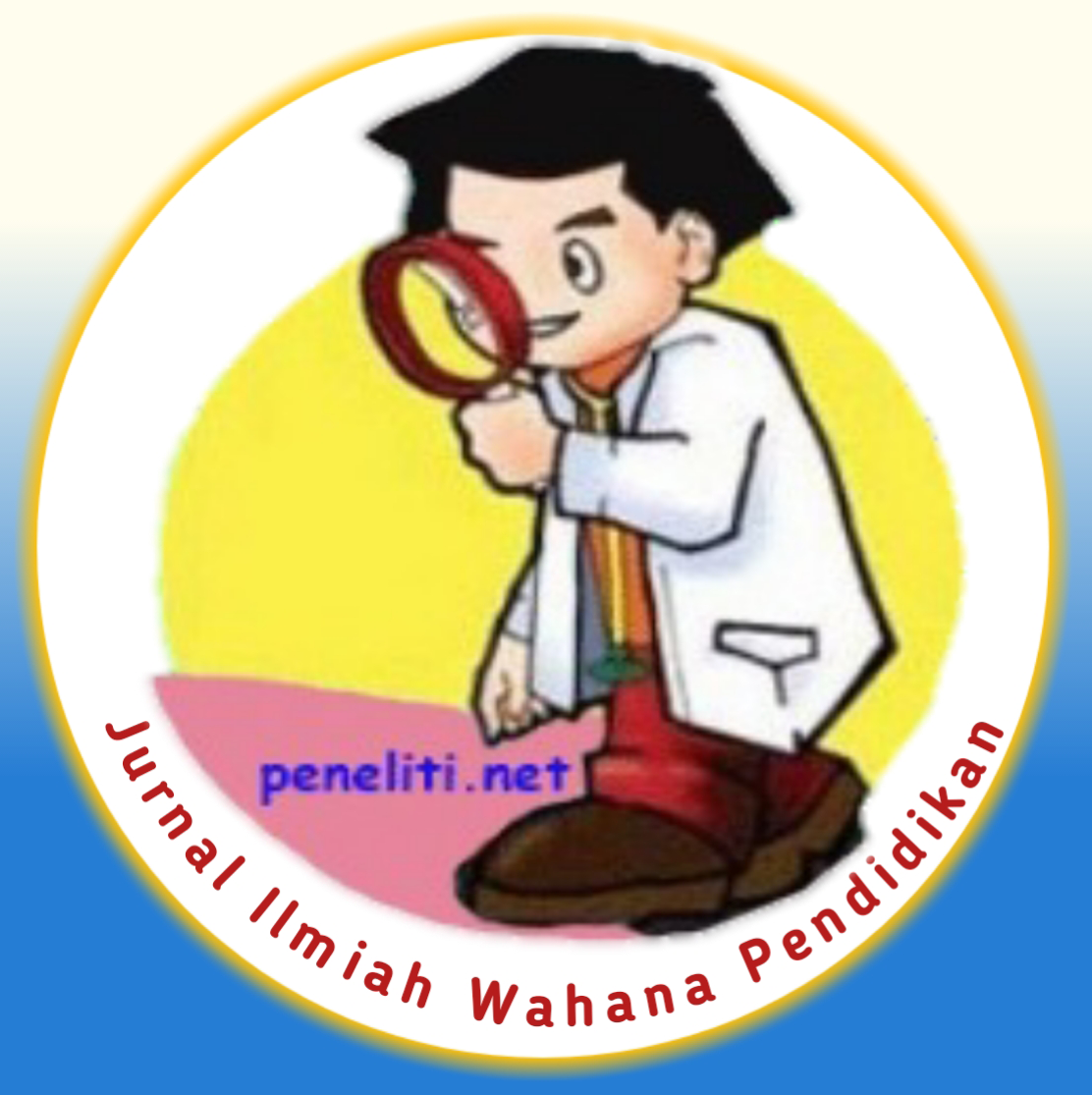Motif dan Makna Penggunaan Bahasa “Jaksel” Di Kalangan Mahasiswa Pengguna Bahasa “Jaksel” Dalam Kehidupan Sehari-hari
Abstract
The use of language by children born in the 90s to 2000s seems to have led to a shift towards modernism. In recent years, a new trend has emerged for the "Jaksel" language. This language has become a trend lately, and when someone finds someone using English and Indonesian combined, it is considered the language of "South Jakarta" ("Jaksel"). This study has the aim of looking at the motives and meanings of the use of the "Jaksel" language among students who use the "Jaksel" language in their daily lives. The research method used by the researcher is qualitative research with phenomenological studies and also uses Alfred Shcutz's phenomenological theory, because the researchers want to see the phenomena resulting from the communication experiences of the respondents so that the motives and meanings of respondents using the "Jaksel" language in their daily lives can be known. This study has the result that the motives for the respondents to use the "Jaksel" language include difficulty in finding the appropriate equivalent, work needs, habits since childhood. The purpose motive (in-order-to motive) is to find the appropriate equivalent, validation of language skills, To educate and familiarize the family with English. The meaning of the use of the "Jaksel" language as a language that can help in interacting and interpreting that interaction using the "Jaksel" language at this time is something common and is not something new to the public, especially the Jakarta area and its surroundings.
References
Alwi, M. N., Nursanti, S., & Utamidewi, W. (2021). MOTIF DAN MAKNA PROFESI BIKE MESSENGER BAGI ANGGOTA WESTBIKE MESSENGER SERVICE JAKARTA. Metacommunication; Journal of Communication Studies, 6(2), 168–176.
Damayanti, R., & Setiawan, E. (2019). Citra Ekspresif Trend “Gaya Bahasa Anak Jaksel.” Prosiding Hubungan Masyarakat, Vol. 5 No. 2. https://doi.org/10.29313/.V0I0.18116
Darmayanti, F. P., & Hasanudin, C. (2022). Kajian Sastra Jakarta Selatan (Jaksel) dalam Kehidupan Budaya Twitter. Senada PBSI, 2(1), 690–697.
Fauziah, N., & Nurhaliza, W. O. S. (2019). Makna Profesi Pembatik Pada Kelompok Seraci Batik Betawi Di Kabupaten Bekasi. Expose: Jurnal Ilmu Komunikasi, 2(2), 131–146.
Kuswarno, E. (2009). Metodelogi penelitian fenomenologi: Konsepsi, pedoman dan contoh penelitian. Bandung: Widia Padjajaran.
Nursanti, S., & Dharta, F. Y. (2021). Pengalaman komunikasi ibu tunggal di masa pandemi covid-19. Jurnal Komunikasi Profesional, 5(6), 491–504.
Putri, L. N. (2018, September 21). Fenomena Gaya Bahasa Anak Jaksel, Apakah Mengancam Bahasa Indonesia? National Geographic Indonesia. https://nationalgeographic.grid.id/read/13940384/fenomena-gaya-bahasa-anak-jaksel-apakah-mengancam-bahasa-indonesia?page=all
Rachman, R. A. (2019). STUDI FENOMENOLOGI BUDAYA PERILAKU PENGGUNAAN BAHASA ANAK JAKSEL. KOMUNIKASI BUDAYA DAN DOKUMENTASI KONTEMPORER.
Sugiyono, D. (2013). Metode Penelitian Kuantitatif, Kualitatif, dan Tindakan (Cetakan Ke-19). Alfabeta.
Sukidin, B. (2002). Metode penelitian kualitatif perspektif mikro. Surabaya: Insan Cendekia.
Utamidewi, W., Mulyana, D., & Rizal, E. (2017). Pengalaman komunikasi keluarga pada mantan buruh migran perempuan. Jurnal Kajian Komunikasi, 5(1), 69–80.
Yusuf, M. (2017). METODE PENELITIAN: KUANTITATIF, KUALITATIF, DAN PENELITIAN GABUNGA (Edisi Pertama). PT Fajar Interpratama Mandiri.




